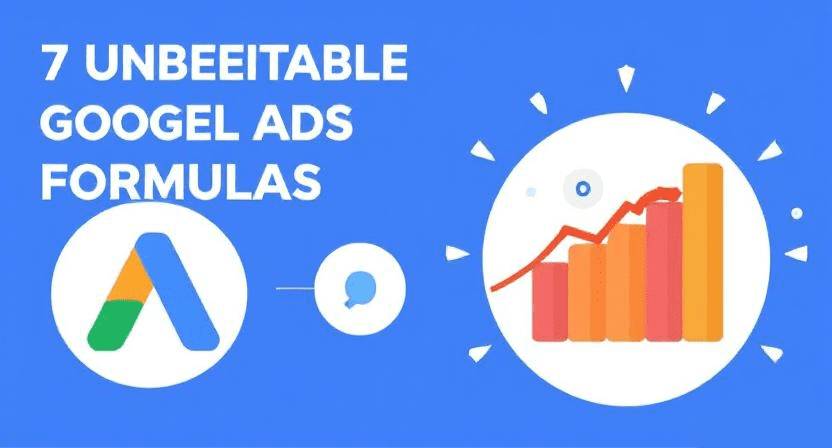Table of Contents
Knowledge of the google ads formula stands as a vital requirement in digital marketing because it enables uncomposed return on investment (ROI) results. Various businesses experience difficulty handling the complicated nature of Google Ads because this results in wasted advertisement budgets together with missed promotional opportunities. This guide exposes seven strategic Google Ads formulas which strengthen your advertising campaigns and let you navigate past rivals to experience effective business development.
The basic structure of Google Ads requires knowledge for effective implementation
Google ads functions through an essential principle that generates appropriate traffic at lowest possible expense rates. Your main goal when using this platform consists of enhancing campaign alignment with business objectives. All necessary business objectives require deep comprehension of keywords and ad copy together with landing pages and bidding strategies.
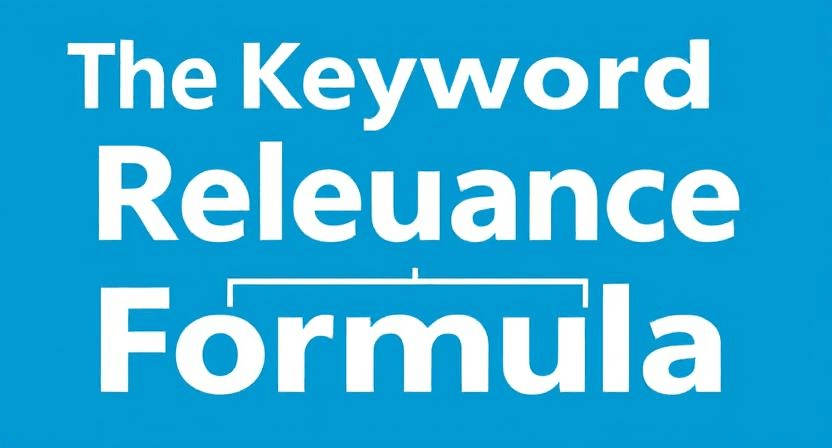
1. The Keyword Relevance Formula
Keyword Relevance = (Ad Relevance + Landing Page Relevance) / 2
Your selected keywords need to match precisely between your advertising text messages and your destination pages according to this calculation. Your ad visibility increases when using appropriate keywords because it allows your content to reach the intended audience leading to better click-through rates (CTR) and quality score.
Implementing Keyword Relevance:
You should research keywords extensively to find specific search terms which represent your audience’s direct intentions.
The effective approach to build ad groups requires grouping relevant keywords under specific themes to achieve better ad relevance.
Develop tempting advertising text through natural incorporation of selected keywords in headings and text content.
A correct optimization technique involves making your landing pages directly tied to both keywords and ad elements.
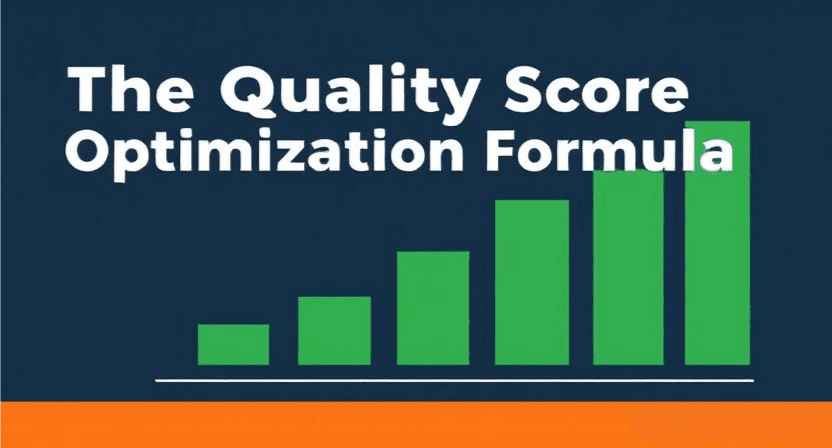
2. The Quality Score Optimization Formula
The formula for calculating Quality Score combines Expected CTR with Ad Relevance and Landing Page Experience then divides these elements by three.
High-quality scores reduce your CPC costs while improving your ad position placement. Your efforts should concentrate on producing intriguing ad content and well-matched destination pages alongside performance improvement for expected click-through rates.
Improving Quality Score:
Update your ad text by making it corresponding to users’ query terms.
Your landing pages need to maintain mobile friendliness and need quick loading times while presenting content that directly relates to users.
You can raise the expected CTR through strong ad copy together with properly utilized extensions.
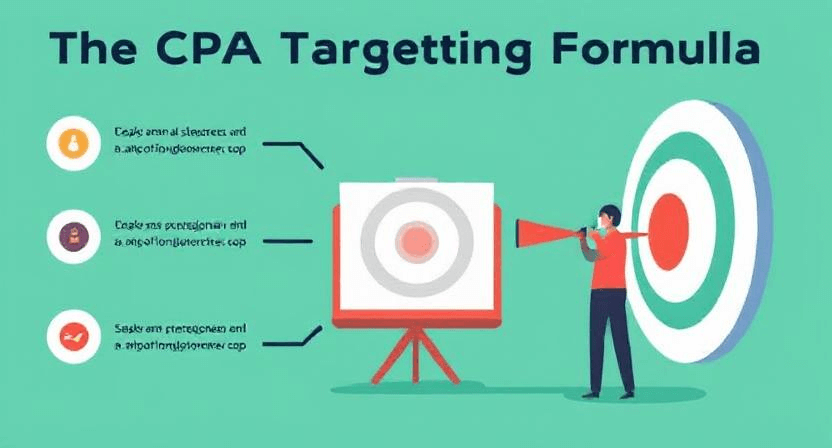
3. The CPA Targeting Formula
Target CPA = (Conversion Value / Desired Conversions)
The CPA google ads tracking function of Google Ad campaigns enables you to define your acquisition cost targets so you can enhance conversion efficiency in your campaigns. The formula serves to protect your profit margins by connecting your promotion costs to the numbers of conversions you aim to achieve.
Using Target CPA:
Your conversions require accurate tracking through correct setup of your conversion system.
Analyze historical data to set achievable main performance indicators for costs per acquisition.
Regular performance checks on campaigns should lead to adjusting your target acquisition cost per action as required.

4. The Competitor Analysis Formula
Google ads competitor analysis = (Competitor Keywords + Competitor Ad Copy + Competitor Landing Pages)
Knowledge about opponent strategies remains vital to avoiding second place in the market. Through this analysis tool you can analyze three elements from your competitors: their keywords along with ad copy texts and their landing pages to reveal optimization possibilities and current weaknesses.
Conducting (google ads competitor analysis) Competitor Analysis:
Study the market to identify which businesses lead the Google Ads competition.
Your competitor keyword analysis needs SEMrush and Ahrefs tools to discover which keywords your competition uses.
You must examine their ad text since this reveals both their messaging platform together with their value proposals to customers.
Assess their landing pages by reviewing both design elements and content presentation and user interaction features.
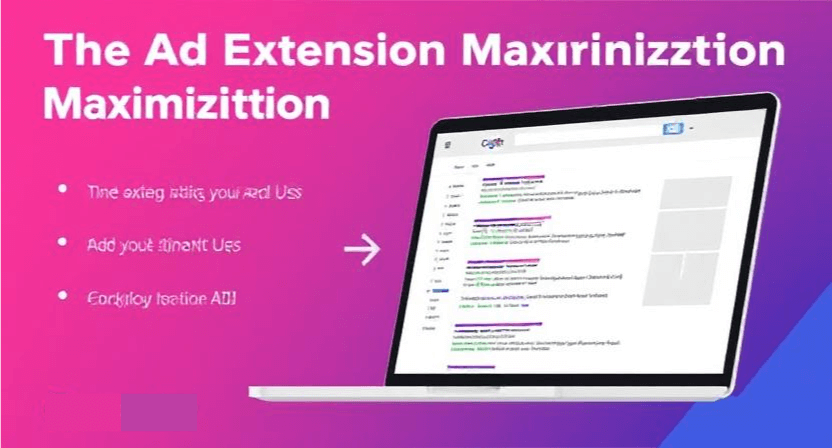
5. The Ad Extensions Maximization Formula
Ad Extensions Impact = (CTR Improvement + Increased Ad Visibility)
The addition of ad extensions to your PPC advertising provides extended details through features like sitelinks together with callouts and structured snippets. The formula emphasizes why utilizing ad extensions helps build better click-through rates through increased advertisement visibility.
Utilizing Ad Extensions:
Fitting appropriate ad extensions include deploying sitelinks, callouts and structured snippets along with other suitable elements.
Every ad extension should match both the text in the ad and the destination of the landing page.
Regular monitoring of ad extensions should include performance checks that lead to necessary adjustments.
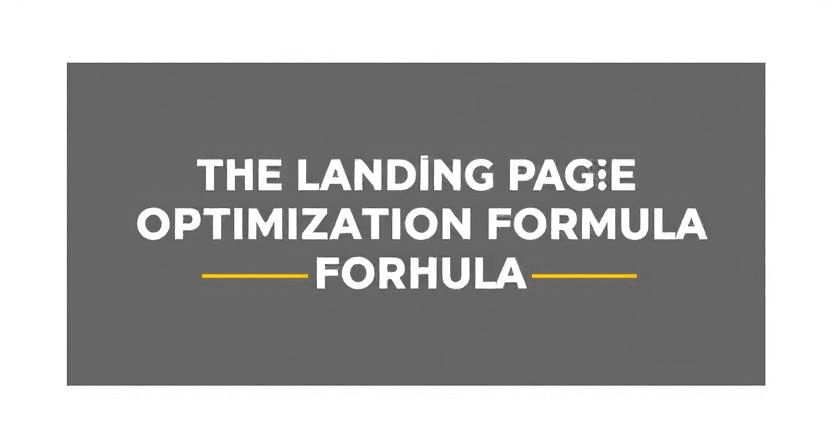
6. The Landing Page Optimization Formula
Landing Page Conversion Rate = (Conversions / Landing Page Visits)
A high-quality optimized landing page ensures the transformation of website clicks into actual paying customers. The formula highlights significant aspects of creating landing pages which require relevance and engagement and persuasive content.
Optimizing Landing Pages:
Your landing page should duplicate the information found in your ad copy along with your target keywords.
Your landing page speed should receive optimization because it directly impacts the speed at which web pages load.
The page needs straightforward action prompts which help visitors execute their desired course.
The page needs to operate flawlessly on every mobile device device.
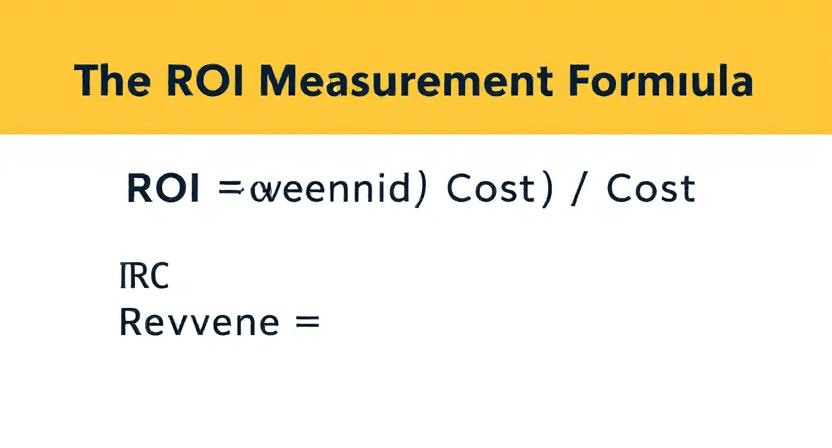
7. The ROI Measurement Formula
ROI = (Revenue – Cost) / Cost
This mathematical formula enables you to determine the performance of your Google Ads performance by returning value from invested money. Your continuous examination of ROI reveals improvement possibilities which drive you to achieve optimal campaign profit levels.
Measuring ROI:
Verify accurate tracking of revenue along with costs in your analytics system.
Studying ROI data requires periodic reviews to observe consistent patterns within the information.
You should use ROI data for making necessary campaign adjustments through informed decision-making.
Exploring Google Ads Alternatives
Google Ads presents strong capabilities as an advertising platform but business owners must actively explore alternative advertising solutions to build a diversified marketing approach. Some popular alternatives include:
Microsoft Advertising gives advertisers the chance to reach consumers who use Bing and Yahoo search engines.
You can find your target audience by running advertising campaigns on Facebook, Instagram and LinkedIn social media networks.
Native Ads represent display marketing elements which integrate smoothly into the content presentation of web pages and application environments.
Search Engine Optimization functions as an outstanding solution which provides sustainable benefits for the long run.
Hiring a Google Ads Freelancer
Businesses that do not have sufficient expertise and time to manage Google Ads should hire a google ads freelancer to handle their campaigns. A professional freelancer provides optimized solutions to enhance your advertising efforts which drive better returns on investment and leads to successful business accomplishment.
Benefits of Hiring a Freelancer:
By working with experts you obtain their advanced capabilities as well as their professional skills.
Cost-effectiveness: Save on agency fees and overhead costs.
Free-lance professionals will collaborate either through project-based work or permanent contracts.
Business operations gain valuable time which employees may use for different goals.
Conclusion
Success with the google ads formula demands organized strategic planning joined with systematic data analysis along with regular performance enhancements. Your ROI improvement and business goal achievement will be accelerated through the implementation of these seven formulas alongside complete competitor analysis and evaluation of alternative ads platforms as well as freelancer consideration. Google Ads continuously changes so businesses need to keep themselves updated on new developments and best practices if they want to achieve ongoing success.
Frequently Asked Questions
Where do you find the option to add formulas within Google Sheets?
This means that in case one has to use a formula every time he or she does not need to switch between tabs to the formula tab to input the same. Here one has to directly write the formula in the particular cell in which one wishes the result of the formula computed by the excel to appear. Ideas: Some features that you should know about include, Google sheets will identify whether you are entering a formula once you type an =. This you can type directly or you can find in the “Insert” submenu positions of the functions. All these issues are done within a single environment that is within the spreadsheet.
Are there specific formulas used within Google Ads itself?
Although Google Ads isn’t exactly analogous to Google Sheets in that it does not incorporate the use of spreadsheet formulas per se, there are any number of mathematical computations and calculations occurring in the background. It is very important not to type in =SUM where it should be or anything like that. However, the tool used in custom columns does resemble the general structure of formulas that were used in previous versions. These enable you to define metrics from others. These are additional columns which contain functions pointing to such characteristics as for instance profitability or efficiency. Thus, although formulas are nowhere to be seen in the conventional manner, calculations run through Google Ads.
How do you calculate the conversion rate within Google Ads?
The conversion rate in Google Ads is another significant aspect of the conversion rate because it measures how many of the users are actually clicking through your ads and taking the necessary call-for-action. It is simply calculated as the ratio of clicks to a conversion, thus, the click-through rate. In fact, the formula that is used to calculate percentage is quite simple and can easily be obtained as follows: total conversions divided by total clicks and then, the result is multiplied by 100. This is done by Google Ads and is presented in the overview of the reports, but it is useful to know the formula to analyze the information.
What is the formula for Google Ad Rank, and how does it affect ad placement?
Google Ad Rank established the position of your advertisements on the Google search result list. It is not something which can be broken down to equal equation on the giving box where you are able to put in a few numbers and have the answer coming up immediately. The three key metrics of your Ad Rank are your bid amount, the Quality Score of your ads and the landing pages used as well as the Potential Ad Engagement and the Impact of ad formats. It is used by Google to determine how much relevant and useful the ad is to the user. Ad Rank means the position in which the content of your adverted product or service show up with an added advantage of having a lower price per click.
Is there a difference between the Google Ad Rank formula and the Google AdWords Ad Rank formula?
In fact, there is no difference in the fundamental idea from a technical point of view. Google AdWords was actually the predecessor of Google Ads and changed its name recently and for a certain period of time, the two names referred to the same thing. There is also a dynamic method within the Ad Rank, and Google enhances the various algorithms to provide users with the best experience. As such, the elements which determine Ad Rank have not changed and they include bid price, quality of the ads, among others. The essence remains engagement in the eyes of a user as to whether it is currently called AdWords or Google Ads.


